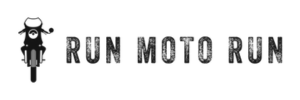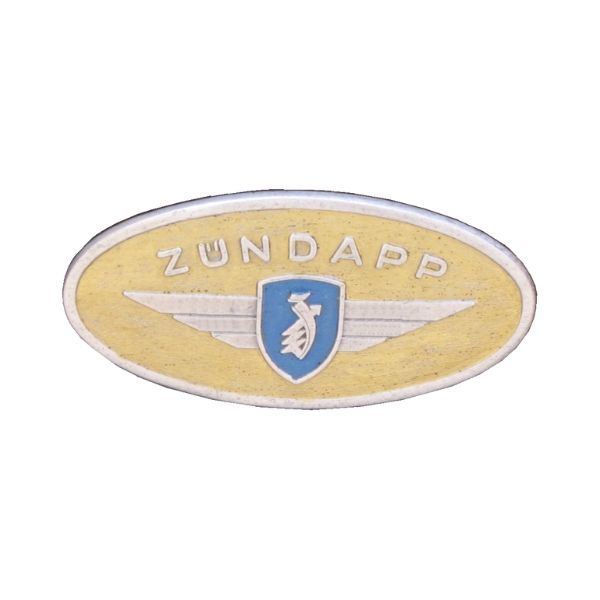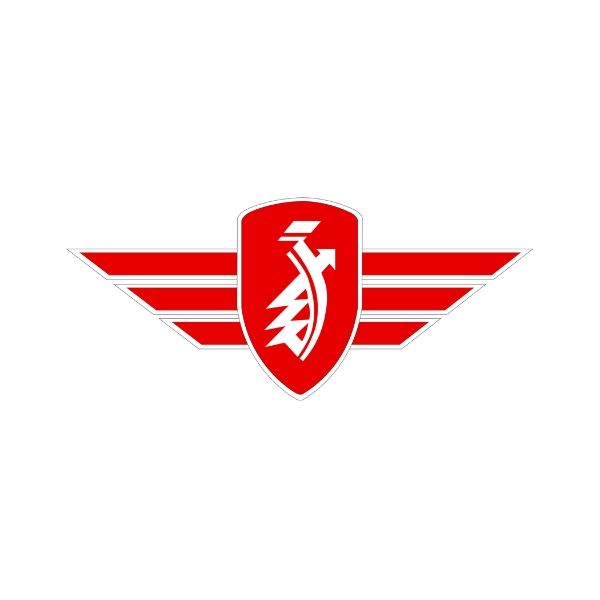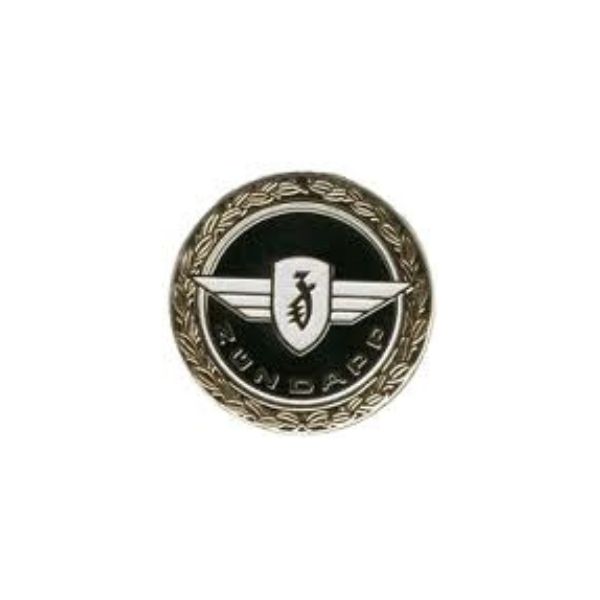Zündapp
The saga of Zundapp Motorcycles is an enthralling chapter in the voluminous book of motorcycle history. This journey commenced with the founding of the company by Dr. Fritz Neumeyer and Friedrich Krupp in 1917. The company's origins, surprisingly, were not in the realm of two-wheelers but in the domain of weaponry and detonators, a fact attributed to the wartime period that marked its inception. The name Zundapp itself stands for "Zunder-und Apparatebau G.m.b.H.", translating to "Detonator and Apparatus Construction Company".
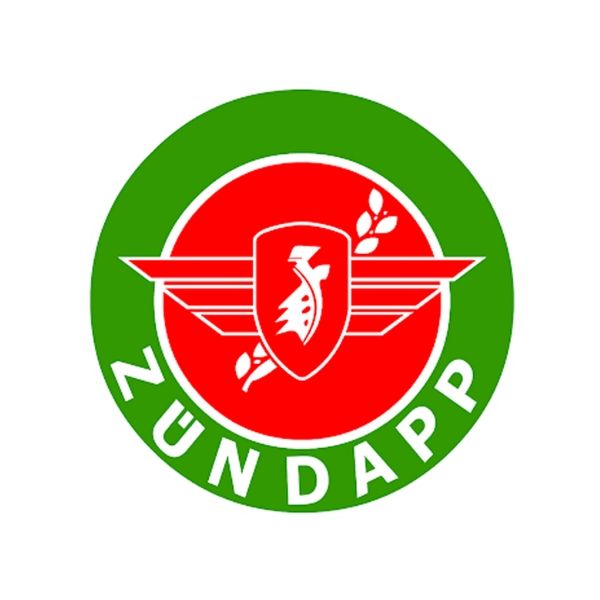
A significant milestone in Zundapp's history was the creation of the Z22 model, their first-ever motorcycle, in 1921. Christened as the "Motorrad für Jedermann" or "motorcycle for everyone," this model embodied simplicity and reliability. It marked the inception of large-scale motorcycle production and carved a distinct path for the company.
The 1930s saw Zundapp's emergence as a heavyweight motorcycle producer, beginning with the K-series in 1933. The "K" symbolized the Kardanantrieb or enclosed driveshaft with two universal joints, a unique feature at the time. Zundapp's pioneering work in introducing the enclosed crankcase added further novelty. The K-series, ranging from 200 to 800 cc, boosted Zundapp's market position significantly.
Two standout models during this era were the KS600 and K800. The KS600, with its 28 hp horizontally opposed twin-cylinder motor, was often accompanied by the BW38 sidecar. Post-war, the engine of the KS600 was adapted to the KS601 with minor modifications. The K800, however, represented a rare configuration with unit construction, flat-four engines with shaft drive, a design concept that would later influence Honda's Gold Wing in 1974.
Post World War II, Zundapp chose to focus on smaller machines, with the "Bella" motor scooter and the KS601, fondly known as the "green elephant," being the notable releases. Their interest in microcars also came to the fore with the production of the Zundapp Janus between 1957 and 1958.
Zundapp's relocation from Nuremberg to Munich in 1958 marked a new era as the company developed several smaller models, mostly two-stroke. It was a successful period for Zundapp in off-road motorsports, with American rider Dave Ekins securing an overall victory at the 1967 Greenhorn Enduro on a 100cc Zündapp. However, the company faced a downfall and went bankrupt in 1984 following new legislation that impacted the market for their high-speed 50 cc bikes.
Zundapp's role in the automotive industry cannot be ignored. It collaborated with Ferdinand Porsche in developing the "Auto für Jedermann" or "car for everyone" between 1931 and 1932, which saw the birth of the Volkswagen name. The company also produced over 18,000 units of the sidecar outfit Zundapp KS 750 for the German Wehrmacht during World War II.
Despite bankruptcy, Zundapp's legacy continued as Xunda Motor Co., Tianjin, China acquired its production line and intellectual properties. The production of smaller Zündapp motorcycles carried on till the early 1990s. Today, Zundapp continues its operations with Honda-based 4-stroke motorcycles and electric mopeds.
Additional Zündapp Logos
Author: William Flaiz
